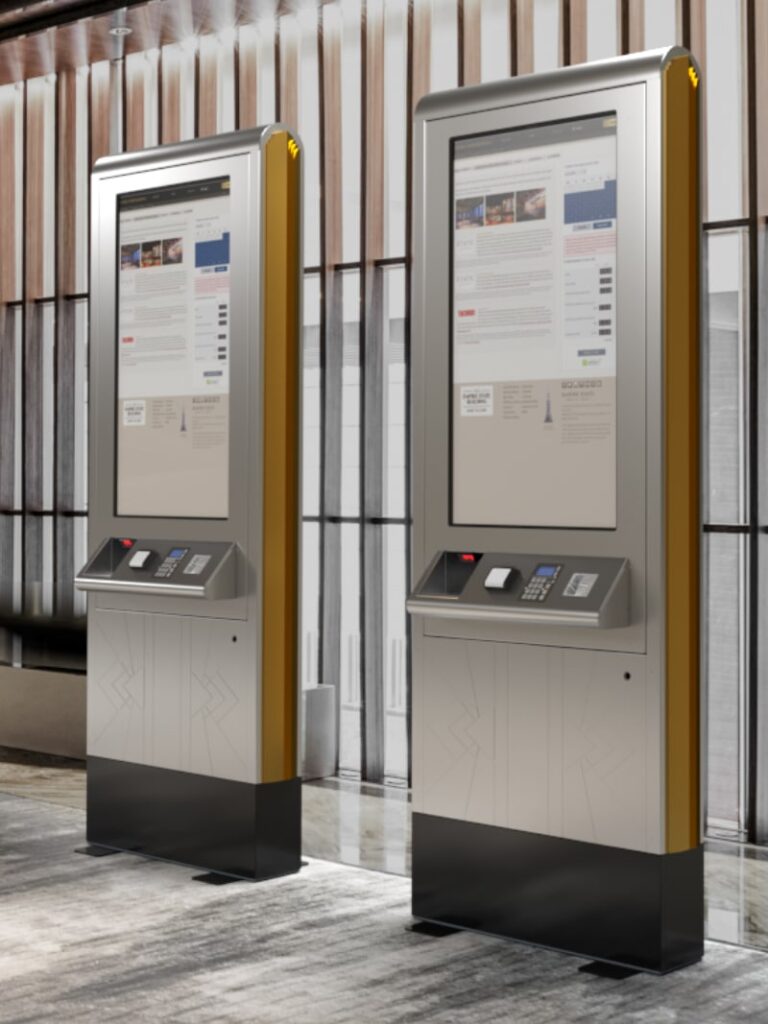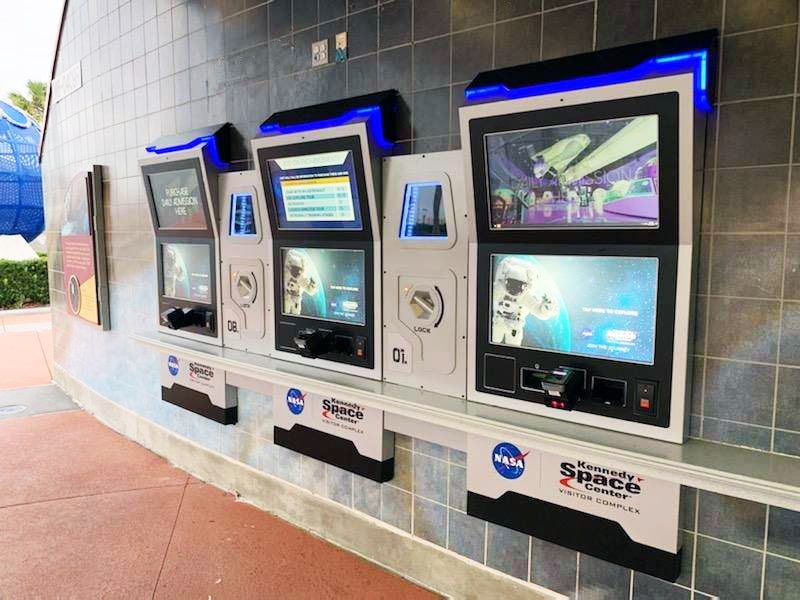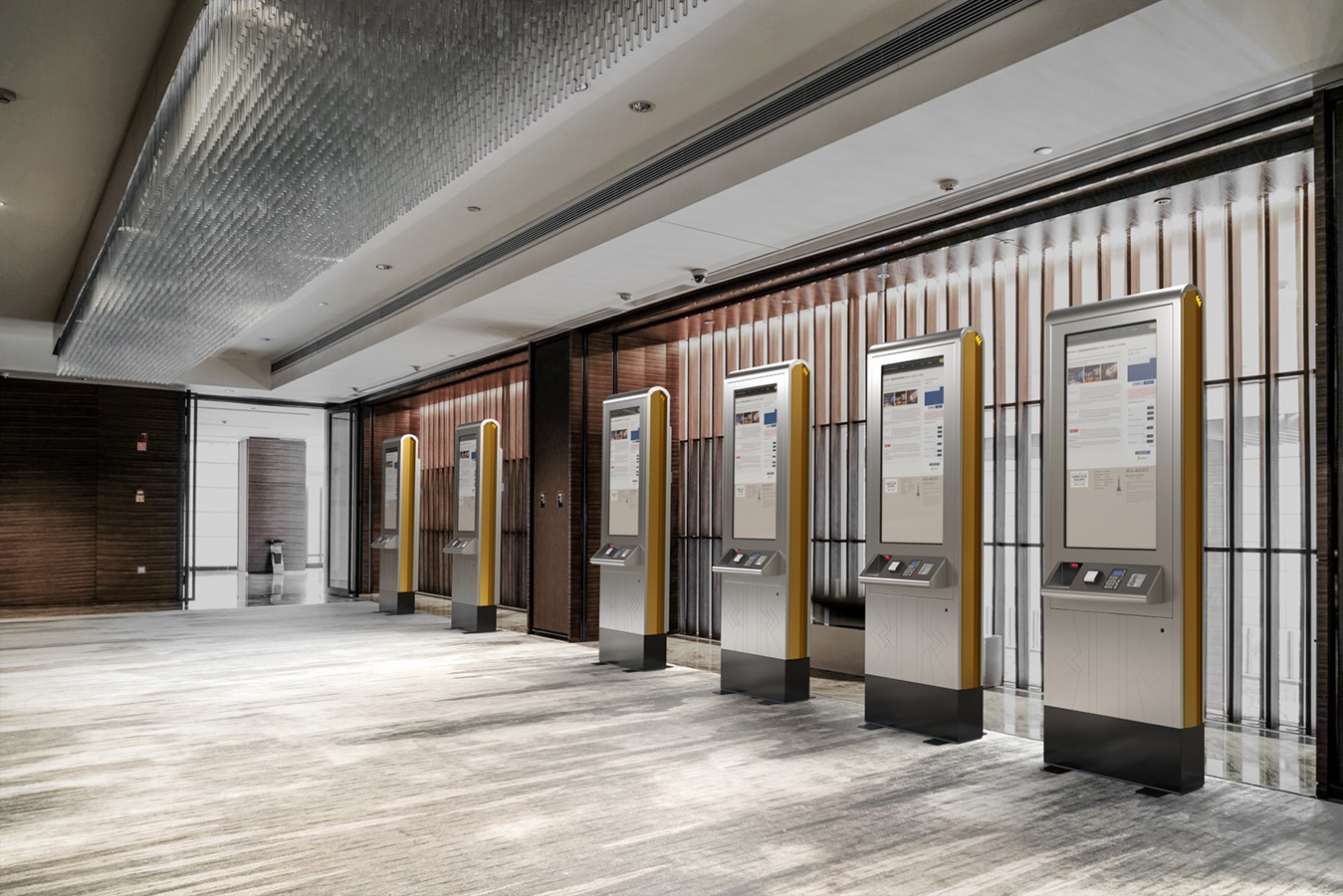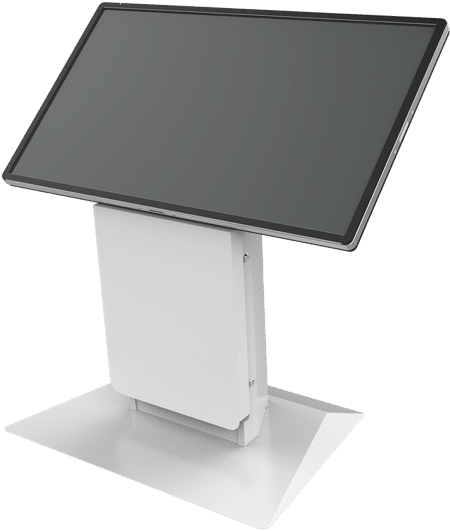You’ve just rolled out a new self-service kiosk program. The units look sharp, the interface works flawlessly, and the ROI model you presented to leadership shows a clear path to cost recovery within a few years. Everything seems solid.
Until one day, an email arrives: a critical hardware component, say, your payment terminal or receipt printer, has reached end-of-life. Replacement units are no longer available. And the new model, while similar, requires a different mounting bracket, updated firmware, or a new software driver that doesn’t play nicely with your current setup.
Suddenly, your “modern” kiosk program has become a retrofit project.
This is the unspoken truth of kiosk deployments: hardware components go obsolete faster than the kiosks they’re embedded in. Printers, card readers, and touchscreens all follow their own 3–5 year refresh cycles, and they rarely align with the longer lifespan of the kiosk itself.
The Hidden Lifecycle Clock
When organizations plan kiosk programs, the focus is usually on durability. The goal is to invest once, deploy widely, and expect the equipment to operate for seven to ten years. And physically, that’s achievable because kiosks are built to last. The steel enclosure, wiring harness, and display mounts are engineered for heavy use.
What’s harder to anticipate are the lifecycles of each component inside.
- Payment devices sunset as PCI security standards evolve.
- Printers phase out as manufacturers move to new communication protocols or form factors.
- Touchscreens become unavailable when display vendors transition to new models or controllers.
These cycles aren’t failures of planning. They’re a byproduct of how the technology supply chain works. Component manufacturers are incentivized to innovate quickly, not to maintain backward compatibility over long periods.
That means your kiosk’s physical hardware may easily outlive the components it depends on.
The Uncomfortable Reality of Obsolescence

No one likes to talk about this part.
Manufacturers and integrators tend to avoid the topic of kiosk lifecycle management because it complicates the sales conversation. IT buyers don’t want to hear that their investment may require redesign before it’s fully depreciated. And OEMs don’t want to draw attention to the limitations of future device compatibility.
But the result is that many organizations enter kiosk programs without a full understanding of component risk.
Every major device inside a kiosk: printer, touchscreen, payment reader, scanner, camera; has its own supply chain, lifecycle, and compliance schedule. In many cases, these timelines are completely independent of one another.
When a single device reaches end-of-life, it can trigger a cascade of issues:
- Sourcing delays when replacement parts are no longer available.
- Engineering redesigns to fit new models that differ in size or interface.
- Firmware or driver updates that conflict with your current software environment.
- Recertification requirements for payment or ADA compliance.
In other words, the cost of obsolescence isn’t just hardware, it’s also the integration of that hardware.
The Cost of Not Planning for It
The financial ripple effect can be significant.
A kiosk program designed with a 7–10 year service life might need a major component overhaul halfway through that timeline. That means unplanned capital expenses, project management hours, and potential field service disruptions.
If your kiosks are customer-facing, the impact extends further. A single location with a broken payment terminal or offline printer can degrade the customer experience and damage the brand. And because each site might have slightly different configurations or installation constraints, swapping out parts can quickly turn into a logistical headache.
One Olea client once told us, “We had beautiful enclosures, but we couldn’t find a compatible replacement for our payment device. It was like having a car that runs perfectly, except you can’t buy tires for it anymore.”
That’s the reality for many organizations that didn’t account for component end-of-life risk at the start.
Why the Problem Is Getting Worse, Not Better
Technology lifecycles aren’t slowing down, in fact, they’re accelerating.
Several industry trends are converging to make proactive lifecycle planning more critical than ever:
- Payment security evolution: PCI compliance and EMV requirements shift regularly, often forcing hardware redesigns.
- Connectivity changes: USB-C, NFC, and wireless payment options are replacing legacy ports and cables.
- Software-hardware dependencies: Devices now rely on specific drivers, firmware, or cloud APIs that must be upgraded with new versions.
- AI-enabled peripherals: Cameras, sensors, and other intelligent components evolve quickly, often requiring more processing power or different data integrations.
- Supply chain volatility: The pandemic-era shortages highlighted how quickly critical components can disappear from availability.
Each of these trends shortens the usable life of peripheral devices and by extension, the kiosk itself if not designed with flexibility in mind.
Designing for Lifecycle Flexibility
Here’s where foresight pays dividends. The key isn’t to avoid obsolescence because that’s not possible. It’s to engineer around it.
At Olea, we’ve learned that a kiosk’s longevity depends less on what’s inside it today and more on how easily it can adapt to what comes next. That philosophy translates into several design best practices:

1. Modular Architecture
Design enclosures so that printers, scanners, and payment terminals can be replaced without structural redesign. Swappable panels and adjustable mounts make future component integration simpler and faster.
2. Accessible Engineering Documentation
Detailed CAD models, wiring diagrams, and interface documentation reduce the time and cost to validate new components later.
3. Partnership Approach
Collaborate closely with component vendors to understand their product roadmaps. This helps anticipate end-of-life schedules and identify next-generation replacements early.
4. Forward Compatibility Mindset
When specifying devices, consider their successor models. Build around industry standards rather than proprietary footprints.
5. Lifecycle Communication
Maintain an active dialogue between IT, operations, and manufacturing teams. Obsolescence shouldn’t be discovered by surprise—it should be forecasted and planned for.
In short, kiosk design should mirror the principles of software lifecycle management: plan for version changes, not static systems.
Questions Every IT Purchaser Should Ask Before Buying
Before signing off on a kiosk deployment, these questions can save years of future pain:
- What is the expected lifecycle of each key component?
Don’t assume all devices have the same longevity. Discuss estimated end-of-life dates or model replacement timelines. - What happens when a component reaches end-of-life?
Can it be replaced without cutting metal or rewriting code? - How often does the manufacturer review component availability?
Regular reviews ensure early awareness of phase-outs. - Are firmware and software dependencies documented?
Future updates should not break your system integrations. - Is the kiosk designed for next-generation device footprints?
Even small variations in size or connection type can cause significant retrofit costs.
By addressing these questions upfront, IT buyers can make informed trade-offs between initial cost and long-term sustainability.
Obsolescence Is Inevitable, Surprise Doesn’t Have to Be
No hardware lasts forever. But with thoughtful design and proactive lifecycle planning, your kiosk investment can evolve gracefully instead of aging out prematurely.
The real measure of kiosk longevity isn’t just how long the enclosure stands—it’s how well it accommodates the future.
As one Olea engineer put it:
“The kiosk you buy today should be ready for the components that don’t exist yet.”
That mindset doesn’t just protect your investment. It ensures your customer experience remains seamless, your service model remains efficient, and your technology remains relevant long after the initial deployment.
Because while obsolescence is inevitable, surprise doesn’t have to be.
The team at Olea Kiosks maintains deep relationships with component suppliers across the spectrum. If you’re ready to discuss your next kiosk program, contact us now to get started.


